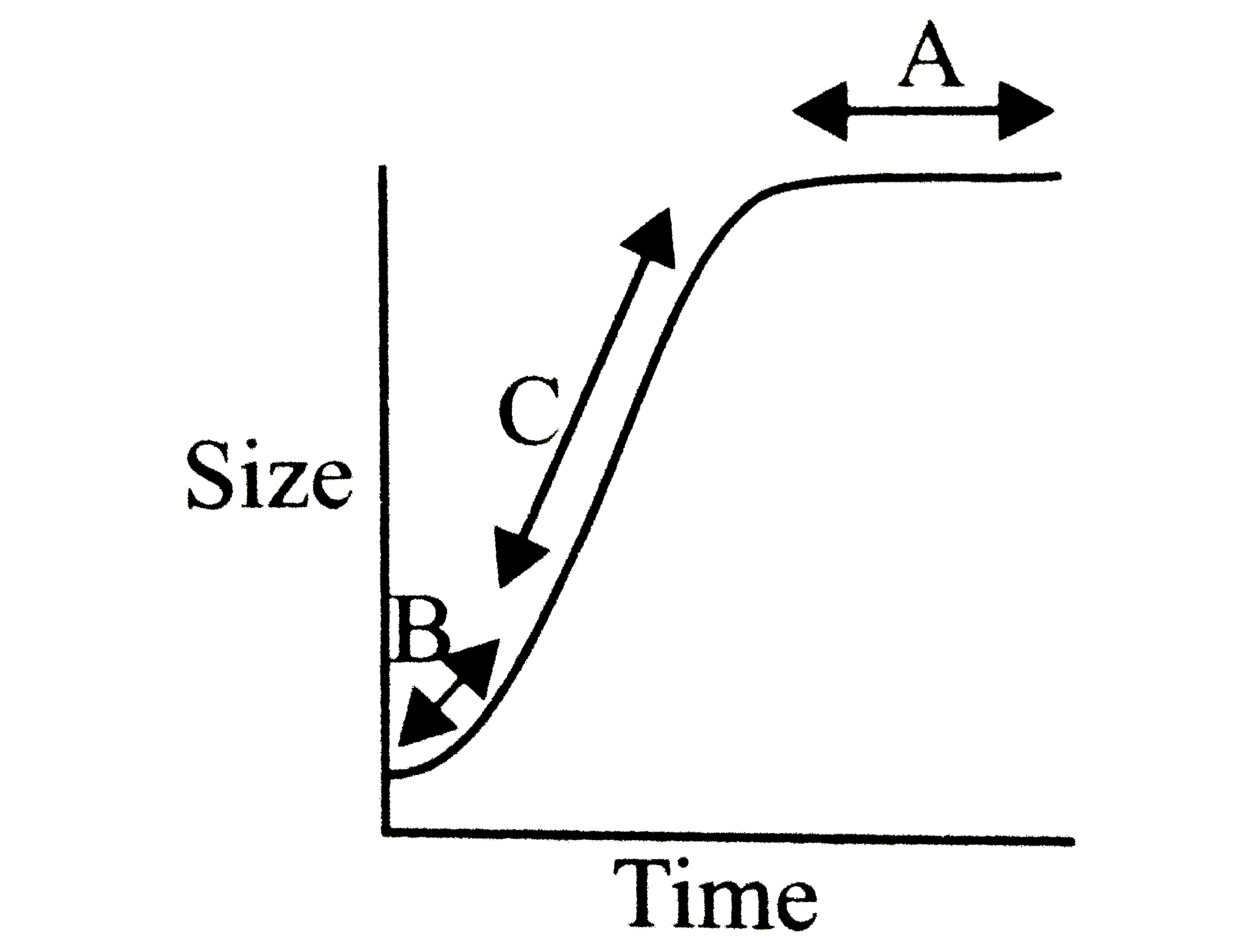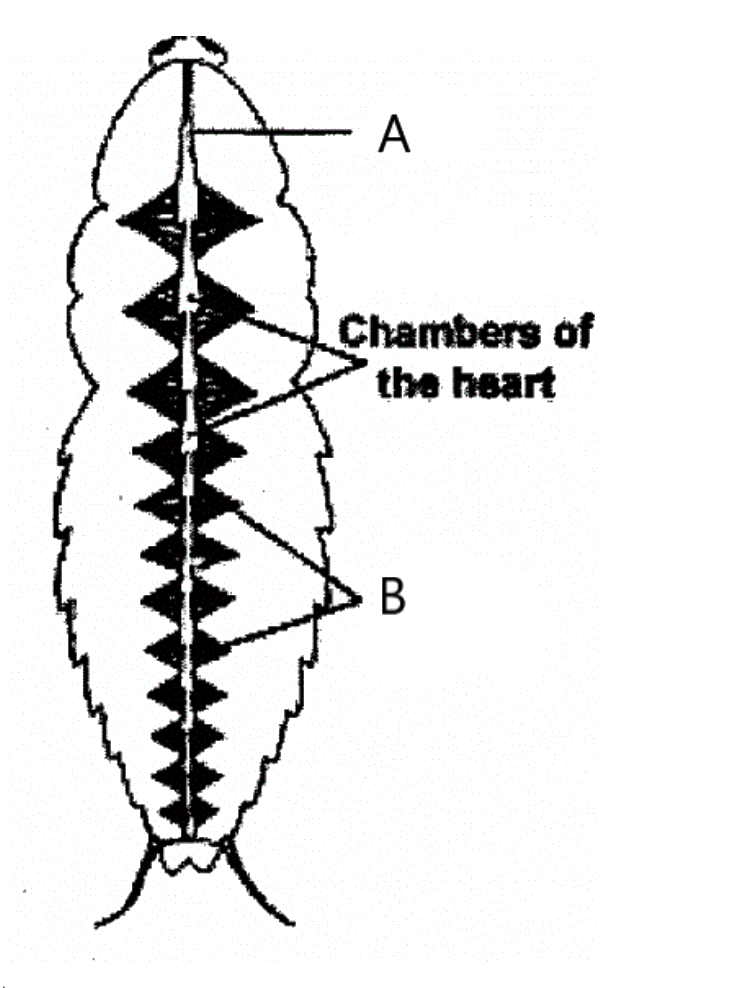Thymus is .....A..... at the time puberty but it.....B..... with age. Here A and B refers to
A-large, B-reducing
A-small, B-increasing
A-large, B-disappear
A-not present, B-appears
The correct Answer is:A
To answer the question, we need to fill in the blanks A and B regarding the thymus gland's size and its changes over time.
1. Understanding the Thymus Gland:
- The thymus is a primary lymphoid organ located in the neck region.
- It plays a crucial role in the immune system, particularly in the development and maturation of T lymphocytes (T cells).
2. Thymus Size at Puberty:
- At the time of puberty, the thymus gland is relatively large. This is when it is most active in producing T cells, which are essential for the immune response.
3. Thymus Size with Age:
- As a person ages, the thymus gland undergoes changes. The active lymphoid cells in the thymus are gradually replaced by fat cells.
- Consequently, the size of the thymus decreases with age, and its activity diminishes, leading to a weaker immune response in older adults.
4. Filling in the Blanks:
- For blank A: "Thymus is large at the time of puberty."
- For blank B: "but it reduces with age."
Thus, the complete statement is: "Thymus is large at the time of puberty but it reduces with age."
- The thymus is a primary lymphoid organ located in the neck region.
- It plays a crucial role in the immune system, particularly in the development and maturation of T lymphocytes (T cells).
- At the time of puberty, the thymus gland is relatively large. This is when it is most active in producing T cells, which are essential for the immune response.
- As a person ages, the thymus gland undergoes changes. The active lymphoid cells in the thymus are gradually replaced by fat cells.
- Consequently, the size of the thymus decreases with age, and its activity diminishes, leading to a weaker immune response in older adults.
- For blank A: "Thymus is large at the time of puberty."
- For blank B: "but it reduces with age."
Topper's Solved these Questions
- HUMAN HEALTH DISEASEBOOK - AAKASH SERIESCHAPTER - HUMAN HEALTH DISEASEEXERCISE - EXERCISE - II (ANTIBODY)
24 Videos
- HUMAN HEALTH DISEASEBOOK - AAKASH SERIESCHAPTER - HUMAN HEALTH DISEASEEXERCISE - EXERCISE - II (TYPES OF IMMUNITY)
2 Videos
- HUMAN HEALTH DISEASEBOOK - AAKASH SERIESCHAPTER - HUMAN HEALTH DISEASEEXERCISE - EXERCISE - II (ACQUIRED IMMUNITY)
21 Videos
- HISTOLOGY AND ANATOMY OF FLOWERING PLANTSBOOK - AAKASH SERIESCHAPTER - HISTOLOGY AND ANATOMY OF FLOWERING PLANTSEXERCISE - EXERCISE - III (PREVIOUS AIPMT/NEET QUESTIONS)
24 Videos
- MICROBES IN HUMAN WELFARE BOOK - AAKASH SERIESCHAPTER - MICROBES IN HUMAN WELFARE EXERCISE - EXERCISE-III (Previous AIPMT/NEET Questions)
25 Videos
Similar Questions
Normal cell have genes called .....A...... which are present in inactivated state but under certain conditions like ....B...... they get transformed to .....C.... Here A, B and C refers to
View SolutionI) Primary lymphoid organs include .....A.....and .....B..... In these organs immature lymphocytes differentiate into antigen sensitive lymphocytes. After maturation, the lymphocytes migrate to ......C....
II) .....D..... is the site for the development and maturation of B-lymphocytes
III) Thymus is the site for the development and maturation of .....E.....
Here A to E refers to
View Solution
Knowledge Check
Refer to the given figure.
Formation of structures A and B could be due to
 A A BFormation of peptide bondsLinking together of two or more polypeptidesB A BFormation of hydrogen bondsLinking together of two or more polypeptidesC A BFormation of hydrogen bondsFormation of hydrogen bondsD A BFormation of peptide bondsFormation of peptide bonds
A A BFormation of peptide bondsLinking together of two or more polypeptidesB A BFormation of hydrogen bondsLinking together of two or more polypeptidesC A BFormation of hydrogen bondsFormation of hydrogen bondsD A BFormation of peptide bondsFormation of peptide bonds
…..A …. And B…. Are the example of intrinsic semiconductors . Here , A and B refer to
View SolutionPuberty occurs in females at the age of
View SolutionThe thymus secretes the ...... hormone called ….... which play a major role in the differentiation of ……... lymphocytes.
(a) Gylcoproteinaceous , thymosin ,T
(b) Steroid , thymosin , T
(c) Peptide , thymosin T
(d) Peptide , thymosin , B
View SolutionAt the time of puberty how many primary follicle left in each ovary :-
View SolutionGiven graph is drawn on the parameters of growth versus time. Here A,B and C respetively represent

View SolutionSpermatogenesis starts at the age of puberty due to significant increase in the secretion of
View SolutionRefer to the diagram given below and identify A and B .

View Solution
